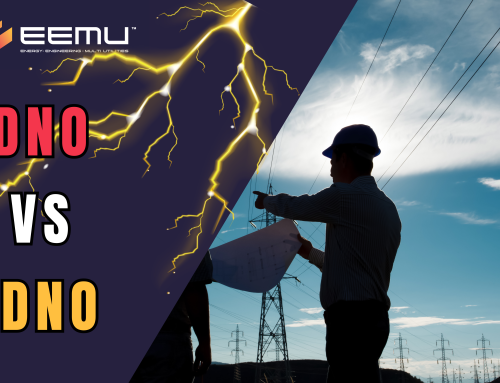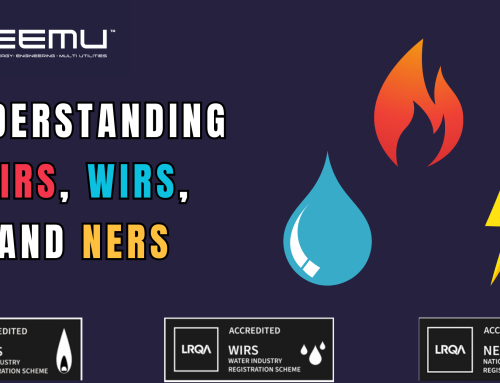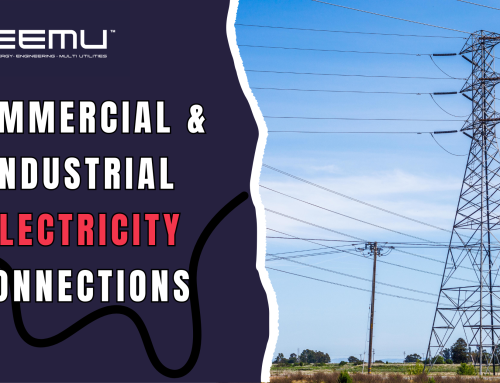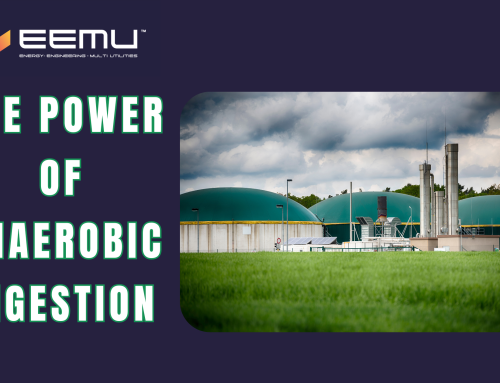In an era where climate change concerns are more prevalent than ever, the concept of achieving Net Zero has become a focal point for businesses, including small and medium-sized enterprises (SMEs). Net Zero, in simple terms, means balancing the amount of greenhouse gases emitted with an equivalent amount removed from the atmosphere. For SMEs, the journey towards Net Zero can seem daunting, but with the right strategies and mindset, it’s an achievable and rewarding goal.
How do SMEs achieve net zero?
Achieving net zero emissions for a SME involves a series of steps and actions. Here are some key steps that SMEs can take to work towards net zero:
Assess Current Emissions: Conduct a assessment of the company’s current greenhouse gas emissions. This includes measuring emissions from energy use, transportation, waste management, and any other relevant sources. This assessment helps identify the most significant emission sources and sets a baseline for future emissions reductions.
Set Clear Targets: Establish specific, measurable, achievable, and time-bound targets for emissions reductions. These targets should align with the overall objective of achieving net zero emissions by a designated target year. It’s important to set realistic and ambitious goals that can guide the company’s efforts.
Energy Efficiency Improvements: Implement energy efficiency measures to reduce energy consumption. This can include upgrading equipment and systems, optimising processes, improving insulation, and utilising energy-saving technologies. Energy efficiency not only lowers emissions but can also result in cost savings for the business.
Renewable Energy Adoption: Transition to renewable energy sources to power operations. Install solar panels, utilise wind power, or explore options for purchasing renewable energy from certified providers. By reducing reliance on fossil fuels, SMEs can significantly decrease their carbon footprint.
Supply Chain Management: Collaborate with suppliers and partners to promote sustainability across the supply chain. Encourage the adoption of greener practices, energy efficiency, and low-carbon alternatives. This ensures that the entire value chain contributes to emissions reductions.
Waste Management and Circular Economy: Implement strategies to minimise waste generation and promote recycling and reuse. Consider adopting circular economy principles by designing products for durability, repairability, and recyclability. Reduce waste sent to landfill and explore options for composting or anaerobic digestion.
Employee Engagement and Awareness: Involve employees in sustainability efforts by raising awareness, providing training, and encouraging behaviour changes. Engage staff in identifying opportunities for emissions reductions and foster a culture of sustainability within the organisation.
Monitoring and Reporting: Continuously monitor and track progress towards emissions reduction targets. Regularly measure and report emissions to assess the effectiveness of implemented measures and identify areas for improvement. Transparent reporting can also enhance credibility and stakeholder engagement.
Conclusion
In conclusion, the path to Net Zero for SMEs involves a holistic approach that considers every aspect of business operations. From energy efficiency and renewable energy sources to sustainable supply chain practices and waste reduction, small and medium-sized businesses can make meaningful contributions to a greener future. By fostering a culture of sustainability and embracing ongoing improvement, SMEs can not only achieve Net Zero but also position themselves as leaders in responsible and environmentally conscious business practices.
At EEMU we pride ourselves on our commitment to sustainability; not only providing utility connections, but doing so In a way that mimeses harm to our planet. As a company, we are supporting the UK’s transition to net zero, and contributing towards creating a sustainable future for our planet.
Is it time for you to have a chat with our team? Contact us today, or get a quote!
Follow us on:




